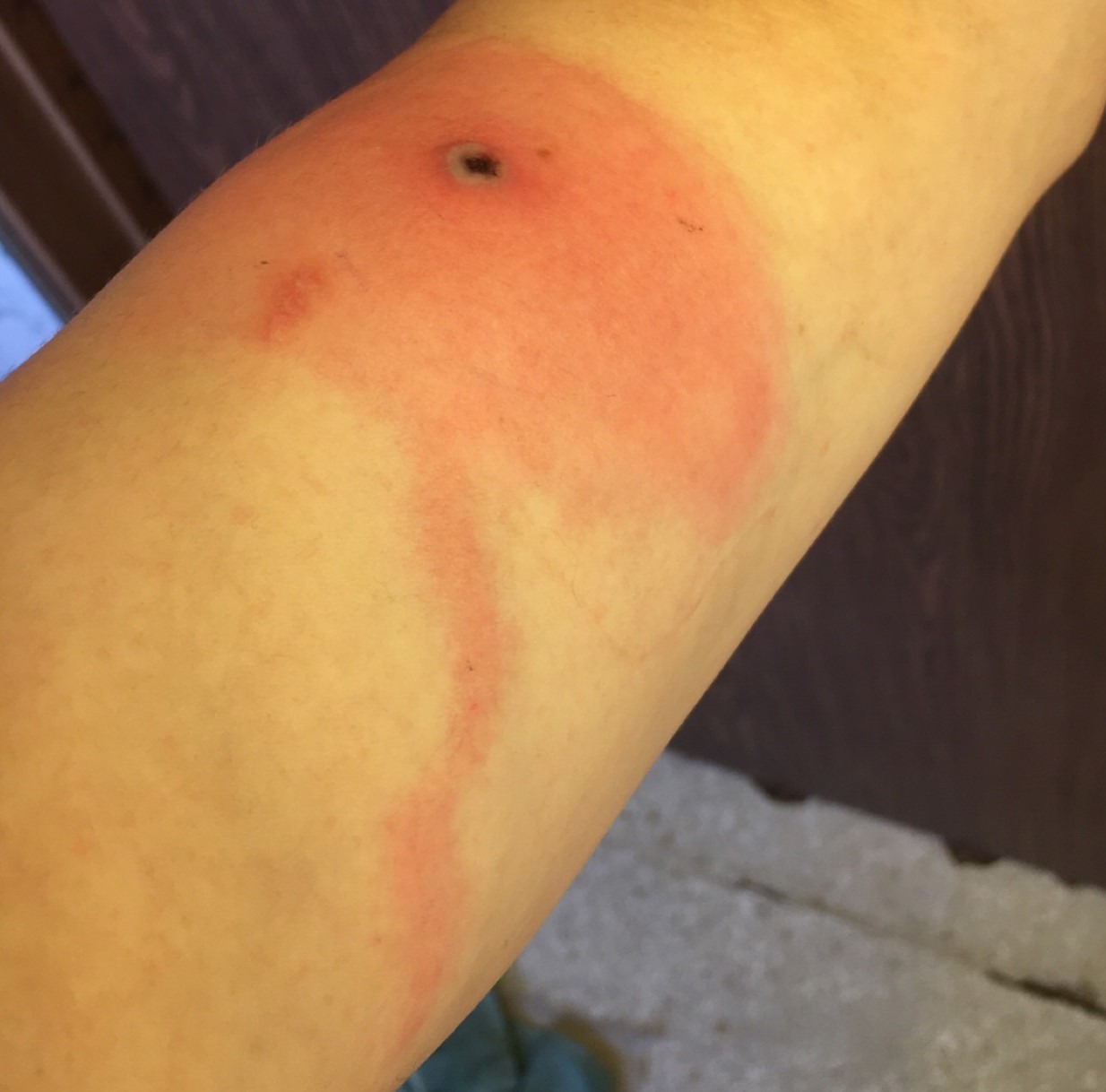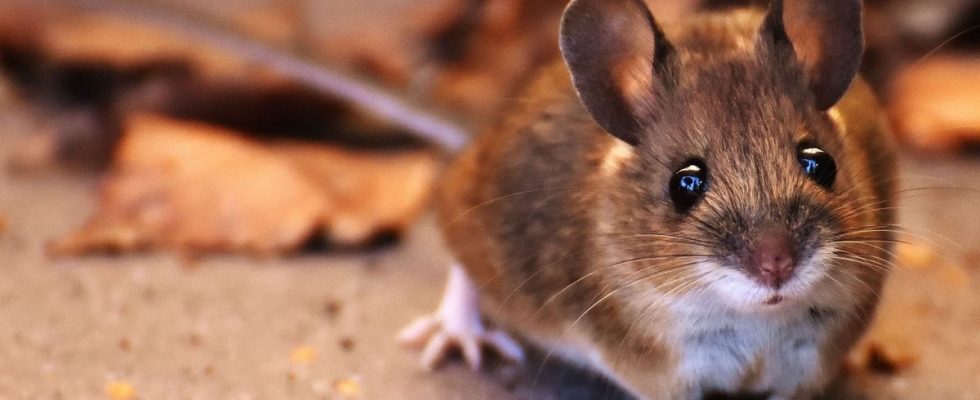Published on
Updated
Reading 2 min.
in collaboration with
Dr Gérald Kierzek (Medical Director)
With a name worthy of a fantasy series, the Alaskapox virus has just caused its first death in Alaska. What is this disease and should we fear it? The response from Dr. Gérald Kierzek, medical director of Doctissimo.
First reported in 2015 in Alaska, Alaskapox, a virus from the orthopoxvirus family like Monkeypox, has just suffered its first death at the end of January. According to a press release from the health authorities of the American state, the man was immunocompromised and had cancer, but represents to date the first case of serious infection. Could this be the first of a new epidemic?
Transmission via small mammals
What do we know at the moment about this Alaskapox? It is transmissible through small mammals only. Through two rounds of testing conducted in 2020 and 2021, the Alaska Division of Public Health confirms the presence of Alaskapox virus in two species: red-backed voles and shrews. A fact which is consistent with the death: the victim actually resided in the forest area of the Kenai Peninsula, in the south of the country and hunted mammals to feed a wild cat, which had also scratched him several times.
However, the disease has not experienced a wave in Alaska as elsewhere. In nine years, the country’s authorities have reported only seven cases. Patients who experienced a skin rash and enlarged lymph nodes. Some even think they are experiencing a simple insect bite. The deceased man was the first to present more serious symptoms, such as respiratory failure, a severity attributed to his immune situation.

Should we fear Alaskapox?
Despite a first death, Alaskapox has nothing to worry us too much about at the moment.
“It is a virus under surveillance, like many others. But a priori, there is no human-to-human transmission, and it is promiscuity with animals and a transition from animals to humans which caused the contamination. analyzes Dr Gérald Kierzek, emergency physician and medical director of Doctissimo.
However, it is recommended by Alaskan health authorities to take precautionary measures if skin lesions potentially caused by Alaskapox are discovered, “such as keeping the affected area covered with a bandage and avoiding sharing bedding or other linens that have come into contact with the lesion”.
“People shouldn’t necessarily be worried, but more aware.”Julia Rogers, Alaska’s state epidemiologist, told the Nex York Post newspaper.

